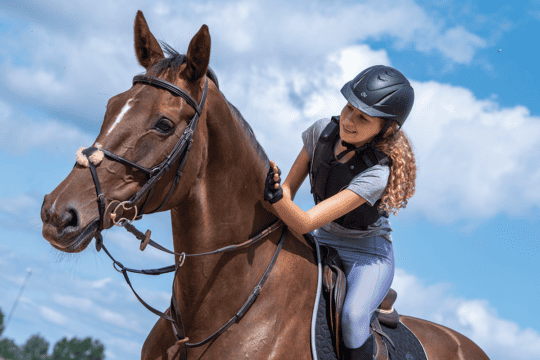
HomePony HangoutOther StuffStep it up
Step it up
Are you ready to make the move on to horses?
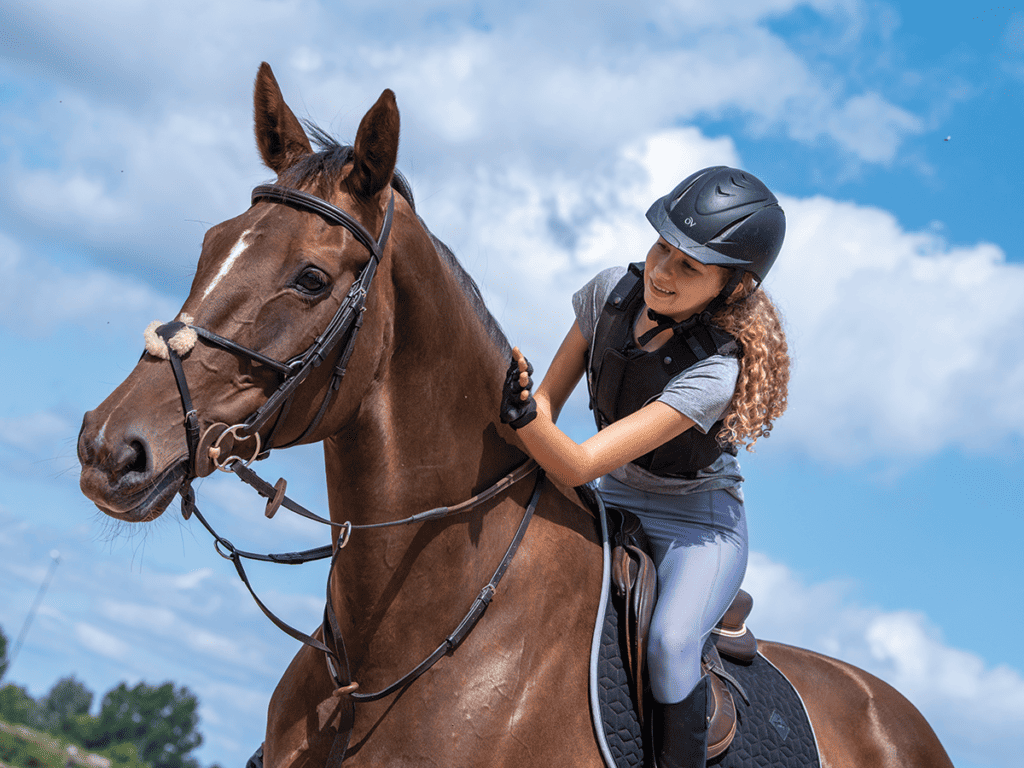
Here at Team PONY we love our ponies – they’re super-fun and adorable, even if they can be pretty cheeky! But, whether it’s because you’ve grown taller or want to jump higher, there comes a time for most riders to move on to horses. There are lots of things to consider when making the decision – check out some of them here.
How will I know?
It can be hard to make the decision to part from your beloved pony, but there are a few sure-fire ways to tell it’s time for you to move on…
- your upper body’s towering over your pony
- the saddle feels too short
- your pony’s struggling to move as freely as before or you feel like you’re getting in his way
- your legs are hanging down below his tummy
Did you know?
If you’re used to riding a pony, you’ll need to extend your jumping and polework distances when you get on a horse so there’s space for his bigger strides.
Sizing up
A horse will be much taller than your fave pony, which won’t just make climbing on board more difficult, but potentially handling him, too. Things like putting on his bridle and throwing on his rugs could be more tricky.
Solution See if you can practise with a taller pony or horse at your riding school or borrow a friend’s. Get a feel for putting on a rug – remember to fold it correctly to make it easier – and try to encourage the pony to bend his head around you when putting his bridle on so he doesn’t lift his head too high.
Stride length
Horses have much longer strides than ponies, especially in trot and canter. You’ll notice that in trot, your rises will go on for longer, and in canter he covers much more ground without taking so many strides.
Solution Getting used to the difference takes practice, but riding over trot and canter poles, and trying lots of sizes of horse and pony, will help you become more adaptable and feel more comfortable with the change in stride length.
Big personality
Ponies are often cheeky, while horses are seen as a bit more straightforward. However, it’s important to treat every equine as an individual – they’re all different.
Solution The key to getting to know a horse’s personality is spending loads of time with him. Grooming sessions, in-hand work and trying new things together will all help you learn more about his temperament and attitude. Knowing him inside-out will help you click and find the right way to get the best from him.
Turning circle
Horses tend not to be as quick on their feet as ponies, and turning can be a bit slower! Whether it’s during a jump-off or you’re negotiating a gate out on a hack, things can take a bit longer on a horse than they might do on your fave pony.
Solution Taking time to learn how your new horse moves and how manoeuvrable he is will help you work out how to navigate things. Smaller horses can be just as nippy as a ponies, but it’ll depend on the one you ride. Try lots of new things together and practise all the activities you did with your pony to see how different it feels.
Did you know?
Lunge lessons are a great way to get to know a new horse, plus it’ll help boost your balance and improve your position at the same time.
Back to school
Every horse and pony has different life experiences and will have seen a varying amount of new things. With a new horse, you’ll need to learn all about his background and what he has or hasn’t seen before.
Solution In an ideal world, you’ll want your first horse to be experienced and to have already done everything you want to do with him. This will keep you confident and make the transition from ponies much easier. Ask his old owner or your instructor what he’s seen and done before, too. This will give you a good foundation for what you’ll need to teach him and what he already knows.
Fit as a fiddle
You’ll need to be physically stronger to ride a horse than a pony, even if your aids are super-refined. With bigger action and more horse to move around, you’ll need extra core and leg strength, and better fitness to manage him.
Solution Being stronger and fitter will give your riding a huge boost and make it much easier. Riding will help with this a lot, but think about other activities you enjoy, too, such as dancing, cycling, swimming or boxing – all of which will help increase your fitness.
Jump in style
Horses move and jump in a different way to ponies due to their size and conformation. This can be more flowing and floaty, but it can also feel very extravagant if you aren’t used to it.
Solution To prepare you for a bigger moving horse, focus on improving your position, balance and strength. Work on your flexibility and staying relaxed to move with him and not get in his way – especially over fences. On the flat, practise your jump position to get a stronger lower leg and work on lifting your shoulders quickly so you don’t get thrown forward on landing.
Top tip
Start small and build up the fences gradually so you don’t knock your confidence with a new horse

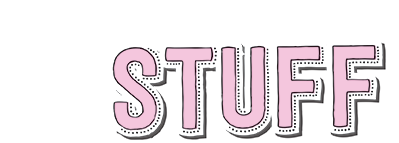
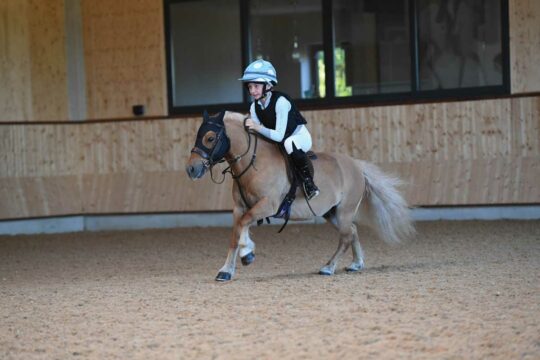
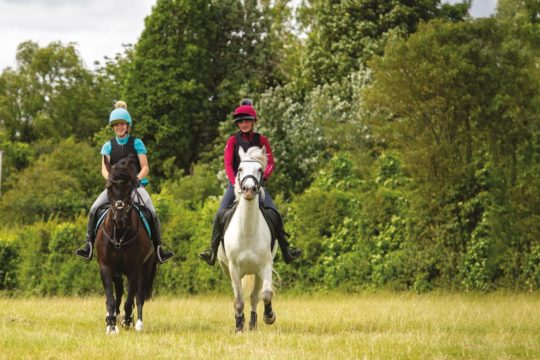





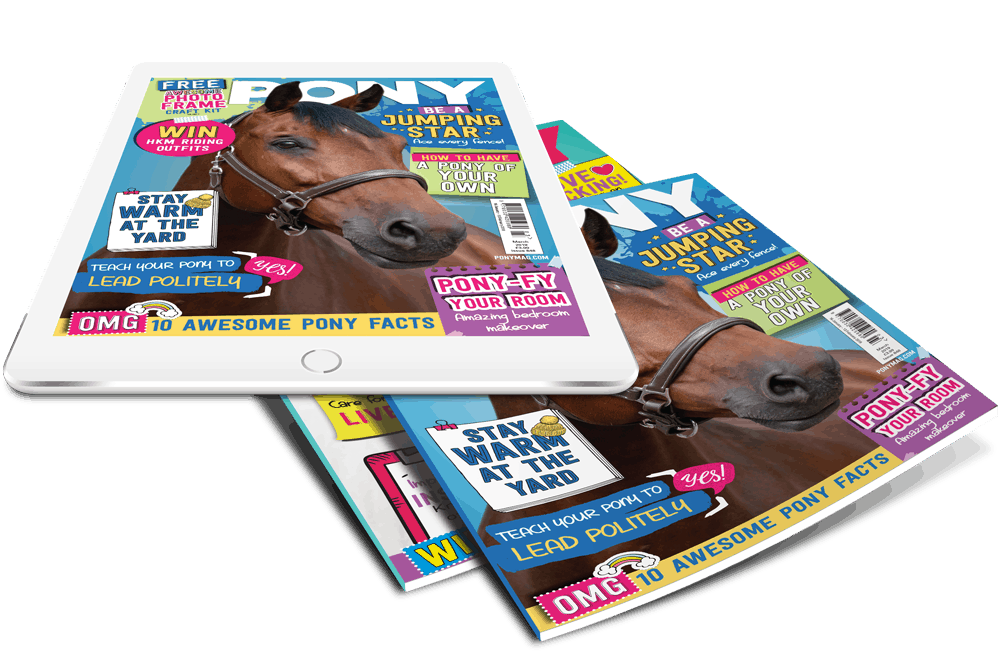



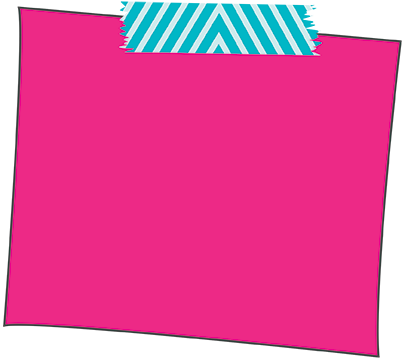







Leave a Reply
You must be logged in to post a comment.